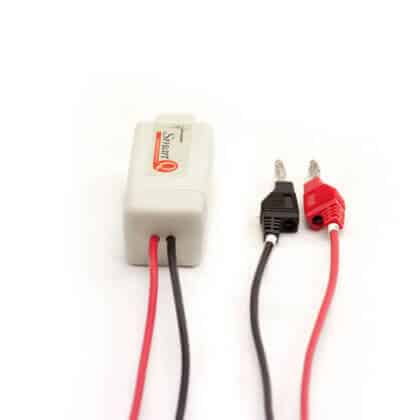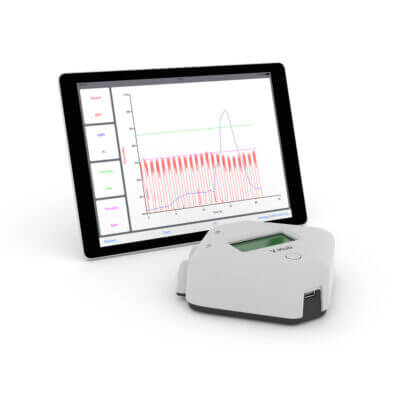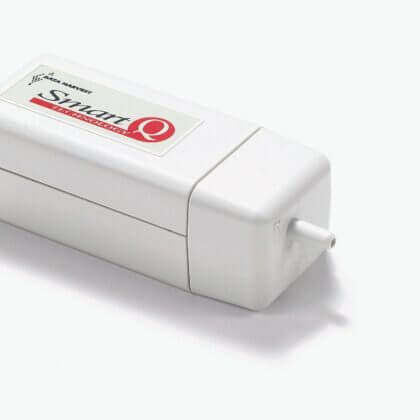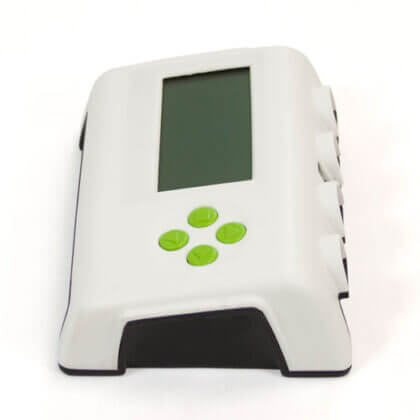- Empty cart.
- Continue Shopping
$205.00
Add to cartINFRARED
$205.00
All warm objects emit infrared radiation. This sensor, therefore, can be used to detect the location of any warm item or living organism. When set to its most sensitive mode, the sensor can detect very low IR emissions, such as the heat trail left on a bench top after you move your hand away.
This multi-range sensor detects the energy from radiant sources from UV to Far Infrared.
The Infrared sensor adds another dimension to heat loss and energy transfer experiments.
Empowering educators worldwide, from schools and libraries to renowned institutes.




The future of education is here, and it fits right in the palm of your hand. Give your students the gift of engaging, interactive, and collaborative learning experiences with our SmartSchool Systems Microscope solutions.
Activities and Curriculum:
Physics:
- Investigating radiant energy from different surfaces e.g. heat from a Leslie’s cube
- Black body studies (radiance range)
- Efficiency of insulation
- Study inverse square law – verifying that heat radiation from source is inversely proportional to the square of its distance
- Heat distribution along a metal rod
- Hershel’s discovery of infrared experiment
- Investigating Stefan-Boltzmann’s radiation law using a tungsten filament lamp Infrared in the environment
- Illustration of non-contact thermometry
Biology:
- Comparing warm and cold blooded animals
- Where do we lose heat? (head, face, hands etc.)
General:
- Locating a hot body e.g. a burnt match
- Using infrared to locate a disaster victim*
- Residual heat from different surfaces e.g. finger print on worktop*
- Efficiency of electric light bulbs
Measurements can be recorded at three levels using either a Radiance (the intensity of the emitted thermal energy of the source) or Irradiance (the intensity of the incident thermal radiation on the Sensor) range.
Radiance
- 0 to 30 W/m²sr-1 (Resolution: 0.02 W/m² sr-1)
- 0 to 300 W/m²sr-1 (Resolution: 0.2 W/m² sr-1)
- 0 to 3000 W/m²sr-1(Resolution: W/m² sr-1)
Irradiance
- 0 to 20 W/m² (Resolution: 0.01 W/m²)
- 0 to 200 W/m² (Resolution: 0.1 W/m²)
- 0 to 2000 W/m² (Resolution: 1 W/m²)
The Infrared sensor’s detector window is made from KBr (potassium bromide), which is transparent to energy sources radiating in the wavelength region from 0.23 microns (230 nm) to 40 microns (40,000 nm) i.e. ultraviolet through to the far infrared portion of the spectrum.
Works with the following Dataloggers:
VHub4 and VHub8
ITEM CONTENTS
Infrared sensor – 6 ranges
Radiance
- 0 to 30W/m²sr-1
- 0 to 300W/m²sr-1
- 0 to 3000W/m²sr-1
Irradiance
- 0-20W/m²
- 0 to 200W/m²
- 0 to 2000W/m²


























































